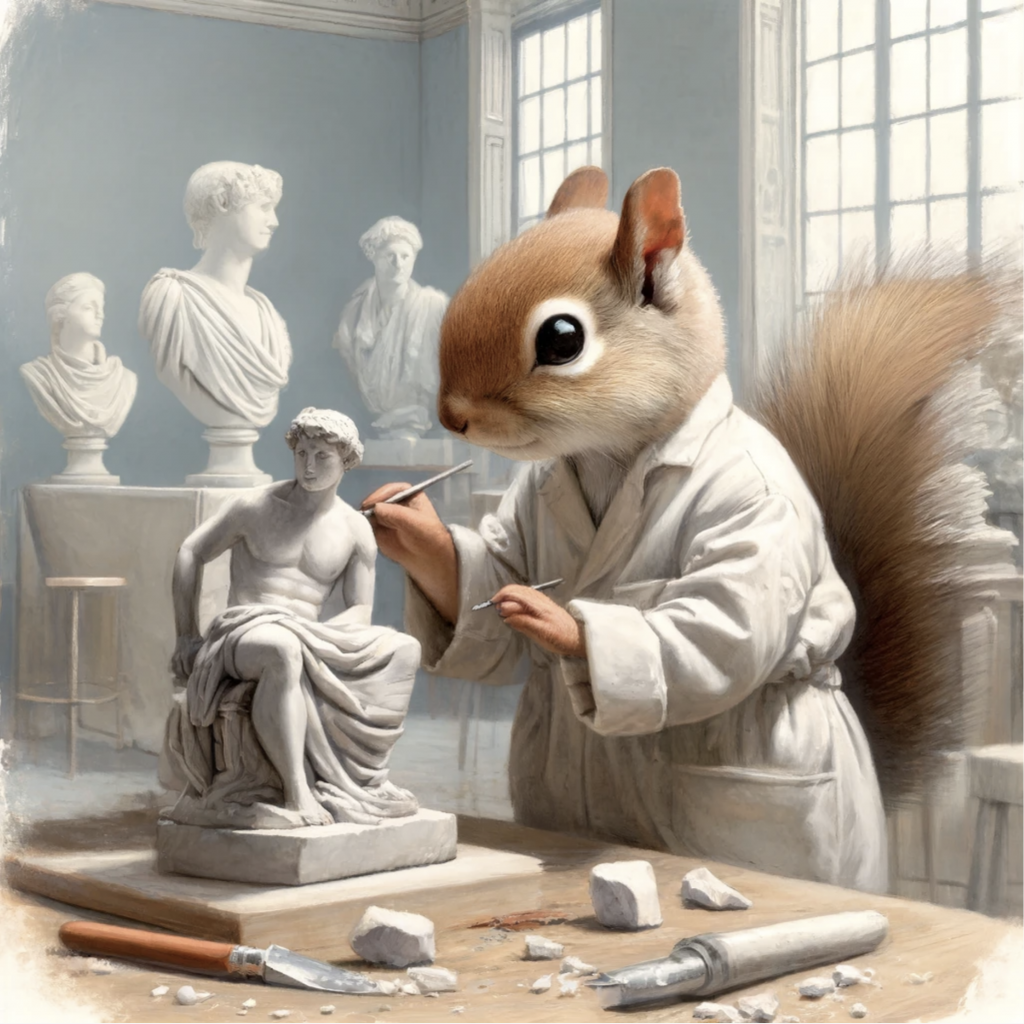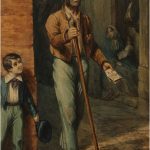
At a bustling modern art exhibit, the eye-catching installations and vibrant digital artworks draw the attention of every attendee, leaving the classical sculptures in a quiet corner largely overlooked. This scene is emblematic of a broader trend: the gradual decline of classical sculpture, once the pinnacle of artistic achievement, now overshadowed by contemporary forms. Classical sculpture, with its intricate techniques and profound expressiveness, has played a pivotal role in cultural histories around the world, from Ancient Greece to Renaissance Europe. However, this article seeks to explore why classical sculpture is losing its prominence, delve into the consequences for the art world, and consider what might be done to revive interest in this foundational art form.
Historical Context
Classical sculpture once represented the zenith of artistic expression, with periods like Ancient Greece and Renaissance Italy marking high points in its development. These eras were characterized by a profound exploration of human form and emotion, capturing everything from the physical perfection of the gods to the subtle intricacies of human gestures. Sculptors in these times employed techniques that demanded not only artistic vision but
The skills and materials used in classical sculpture are both diverse and complex, traditionally involving carving for stone and casting for metals. Sculptors like Michelangelo and Bernini spent years mastering the ability to coax detailed figures from unforgiving materials, a testament to their dedication and skill. These techniques, which include chiseling, casting, and patination, are not merely methods of creation but are art forms in their own right, requiring extensive training and patience. However, as art has modernized, these time-consuming and labor-intensive methods have fallen out of favor, replaced by more cost-effective and less skill-intensive modern techniques.
Classical sculptures were not just artworks; they were integral to the cultural and social identity of their times. In ancient societies, these sculptures often held religious or political significance, serving as mediums for storytelling and preservers of heritage. During the Renaissance, they underscored humanist ideals, celebrating the beauty and potential of the human form. Each piece served a dual purpose: as a vehicle for artistic expression and as a functional element in societal rituals and celebrations.
However, the 20th century shifted artistic focus, with abstract and conceptual art gaining prominence. This transition reflected broader cultural changes, including a shift towards more abstract thinking in science and philosophy, and a growing preference for art that challenged traditional aesthetics. The decline in the popularity of classical sculpture is also tied to these broader societal shifts, as art movements like Modernism and Postmodernism began to question and deconstruct the very ideals that classical sculpture so ardently celebrated.
Reasons for Decline
The decline of classical sculpture can be attributed to several interrelated factors, beginning with changing artistic tastes. Contemporary art often emphasizes concept over craftsmanship, seeking to provoke thought and engage societal issues directly through forms that may not require the traditional skills of sculpture. This shift reflects a broader cultural evolution towards more immediate, often digital forms of expression that align with the fast pace of modern life.
Economic factors also play a crucial role in the decline of classical sculpture. The art market today favors pieces that can be produced quickly and sold easily, which often sidelines more labor-intensive and costly sculptures. Additionally, the traditional patronage system that once supported sculptors has dwindled, with corporate and private sponsors more likely to fund contemporary art projects that promise greater public engagement and media visibility.
Changes in art education have further contributed to the fading of classical sculpture. Many art schools have shifted their focus towards contemporary practices, reducing emphasis on teaching the rigorous techniques required for classical sculpture. This educational shift not only affects the skills artists acquire but also influences their understanding and appreciation of classical forms, potentially leading to a lack of interest in pursuing sculpture as a career.
Public engagement with art has also evolved; today, there is a growing preference for interactive and multimedia works that a wider audience can quickly understand and appreciate. Classical sculptures often require contemplation and a background in art history to be fully appreciated, which can be a barrier to engagement in our fast-paced, digital world. This disconnect between the public’s preferences and the intrinsic qualities of classical sculpture has contributed to its decline in popularity.
Impact on the Art World
The waning practice of classical sculpture is leading to a loss of traditional skills. As fewer artists train in these demanding techniques, there is a real risk that the knowledge and skills developed over centuries could be lost. This potential loss extends beyond just the techniques themselves; it encompasses an understanding of form, anatomy, and the tactile experience of creating with raw materials.
The decline of classical sculpture also signifies a cultural impoverishment. These sculptures represent a tangible connection to our past, embodying ideals, values, and aesthetics that have shaped Western art for centuries. As interest fades, we risk losing not just the sculptures themselves but the stories and histories they carry. This loss is not just artistic but profoundly historical and cultural, impacting how future generations understand and engage with their heritage.
The diminishing presence of classical sculpture in galleries and museums also affects the diversity of artistic expression on display. As institutions cater to popular tastes and trends, classical forms are often sidelined, reducing the public’s exposure to this art form. This shift can create a homogenized art world where new styles and innovations are prioritized at the expense of historical breadth and depth.
Despite these challenges, there are still niche communities and dedicated individuals who strive to preserve and practice classical sculpture. These enthusiasts often work in isolation or in small groups, battling not only the prevailing market conditions but also a general lack of public interest. Their dedication ensures that classical sculpture, although diminished, continues to survive, offering a beacon of hope for those who still value this ancient art form.
Potential for Revival
There are signs that classical sculpture could experience a revival through modern adaptations. Some contemporary artists are exploring ways to meld classical techniques with modern themes, creating works that bridge the gap between old and new. These adaptations not only highlight the versatility of classical methods but also make them relevant to current social and artistic dialogues.
Revamping art education to include a more balanced curriculum could also help revive interest in classical sculpture. Educational institutions can foster a new generation of sculptors who appreciate and practice these forms by reintroducing students to traditional sculpting techniques and their historical contexts. This approach would not only expand the skill sets of emerging artists but also enrich their creative outputs with historical depth.
Technological advancements offer another avenue for the revival of classical sculpture. Tools like 3D printing and virtual reality can be used to simulate and teach sculpting techniques, making the learning process more accessible and engaging. Additionally, technology can help in the restoration and preservation of existing sculptures, making them more appealing and accessible to the public.
Finally, increased support from both public and private sectors could reinvigorate the classical sculpture scene. Funding new projects, supporting sculptors through grants and fellowships, and promoting classical sculpture exhibitions can draw public interest and investment back to this art form. With concerted effort and strategic support, classical sculpture could once again take its place as a vital and vibrant part of the cultural landscape.
The fading art of classical sculpture is a multifaceted issue that reflects broader changes in our cultural and artistic practices. However, by understanding the reasons for its decline and exploring potential avenues for its revival, we can ensure that classical sculpture remains a vital part of our artistic heritage. It is up to artists, educators, patrons, and the public to recognize the value of this time-honored art form and to take active steps to preserve and rejuvenate it. As we move forward, the challenge will be to balance innovation with tradition, ensuring that classical sculpture continues to enrich our cultural landscape and inspire future generations.







